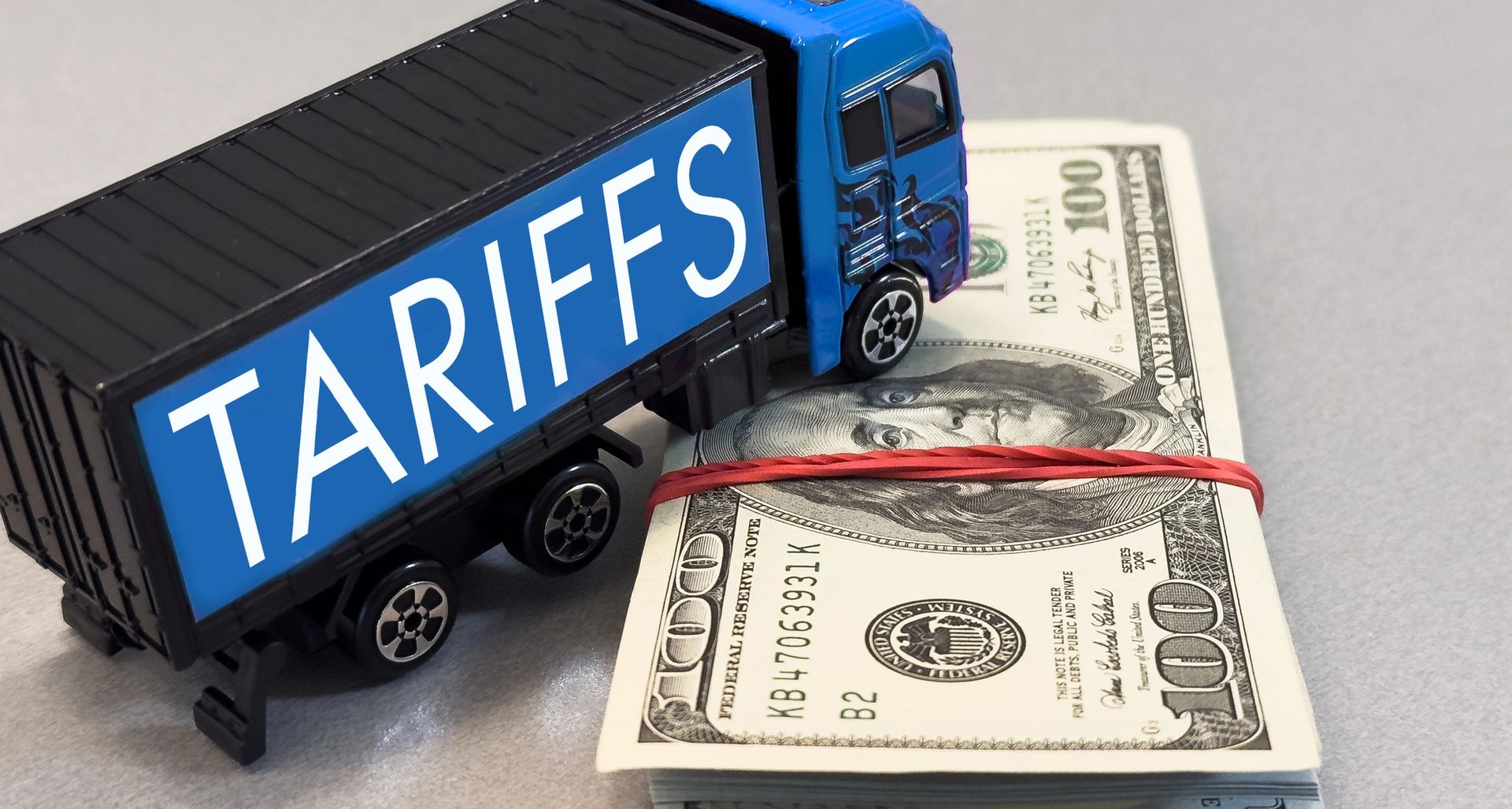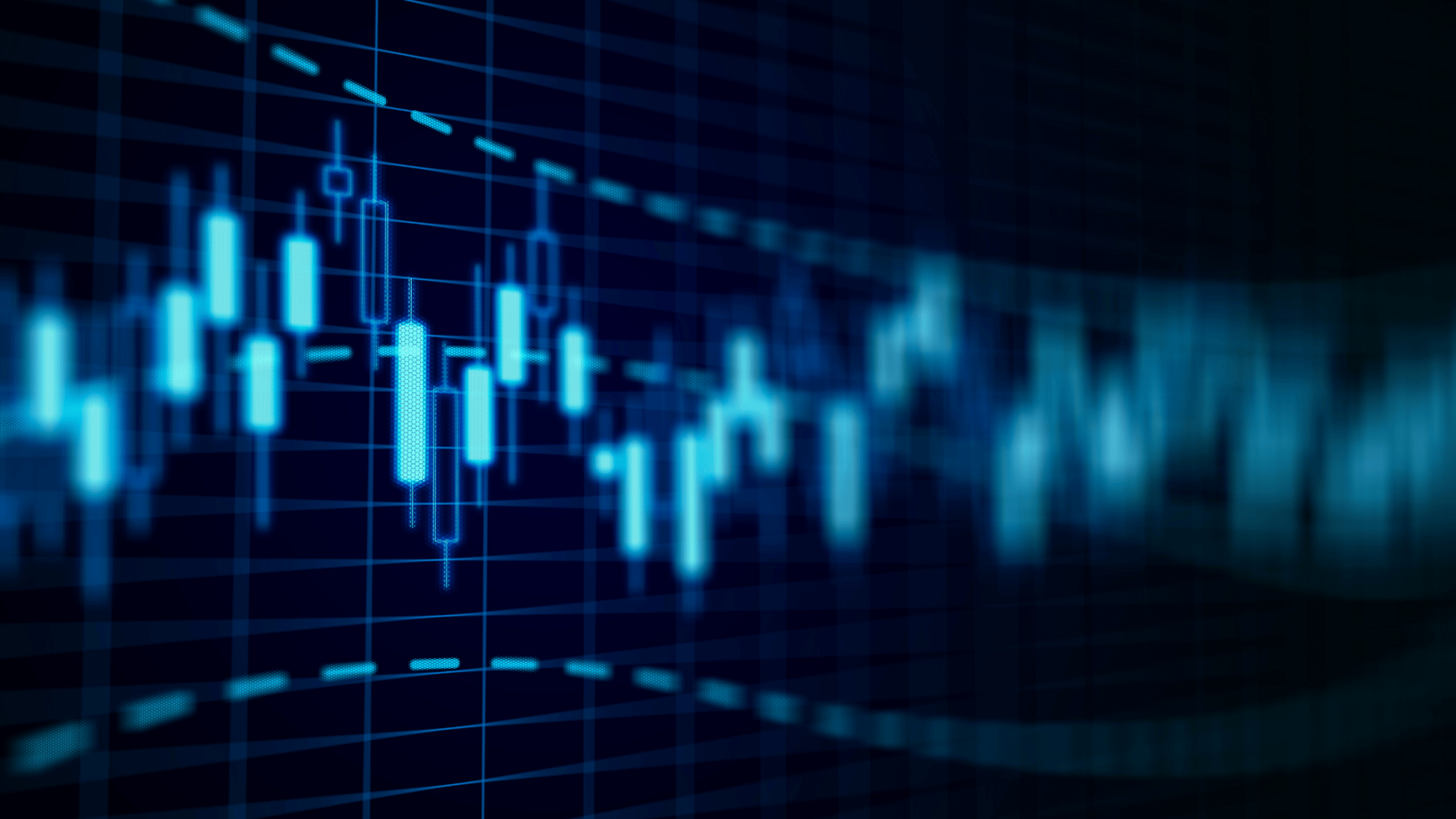- Macro Notes
- Posts
- Inflation’s Rebound: Why Tariffs Might Be the Hidden Trigger
Inflation’s Rebound: Why Tariffs Might Be the Hidden Trigger

Consumer prices rose 2.7% in June, up from 2.4% in May, as early signs emerged that companies are passing tariff costs to U.S. consumers.
Core inflation (excluding food and energy) hit 2.9%, and monthly headline CPI rose 0.3%—the sharpest monthly gain since January.
Economists remain split: Are these numbers a temporary blip or the start of a tariff-fueled price surge?
Key inflation-sensitive categories, such as toys, clothing, and furniture, posted noticeable jumps, while used car prices actually declined, possibly due to earlier stockpiling ahead of anticipated import taxes.
This inflation print complicates the Fed’s path forward, revives concerns about stagflation, and signals a volatile summer ahead for investors.

Hidden Asset (Sponsored)
Starting this July, big banks can legally treat gold as cash—and they’re wasting no time.
Meanwhile, millions of Americans are still heavily invested in volatile paper assets.
One economist says gold is now “the only money banks trust.”
There’s still time to catch up, using an IRS-approved method that avoids taxes or penalties.
This FREE Wealth Protection Guide explains how to move before the window closes.
[Click here to access the guide]
P.S. Every day you wait, the insiders move further ahead. Get the facts before July hits.

Stay Up to Speed on Macro News!
We now send our macro-focused news via text, so you’re never far from the latest market-moving action.

Economic Impacts
The inflation uptick marks a potential inflection point for U.S. price stability.
While 2.7% annual CPI may not scream “crisis,” it breaks the downtrend investors were counting on, and it’s happening just as tariff policies become more aggressive.
President Trump’s latest slate of duties, including 30% levies on Canadian, EU and Mexican goods starting August 1 and a threatened 100% tariff on Russian imports, is starting to seep into goods prices.
Key points:
Prices for tariff-sensitive goods rose sharply, especially apparel, furniture, and toys.
Services inflation cooled, suggesting consumer fatigue may be limiting broad-based price hikes.
A surprise 3.6% drop in hotel prices and a continued slide in airfares signal potential pullbacks in discretionary spending.
Goldman Sachs estimates consumers will bear 70% of tariff costs, and many companies (e.g., Walmart, Ralph Lauren) have already warned of future price hikes.
If this trend continues, CPI could stay elevated into Q3, especially once current inventories run dry and companies are forced to adjust pricing more broadly.

Q2 Picks (Sponsored)
As we dive into Q2 2025, the stock market is buzzing with opportunities, and I’ve got the insider scoop just for you.
I’ve handpicked the Top Seven Stocks for this quarter, offering you a clear roadmap for growth as the year progresses.
Here’s what makes this guide indispensable:
High-Growth Sectors: Key industries poised to boom this summer.
In-Depth Analysis: Simplified insights to make wise investment decisions.
Expert Picks: Data-driven, not just guesses, for reliable potential.
Profit-Boosting Opportunities: Position your portfolio for a strong finish in 2025.
This isn’t merely a list; it’s your chance to seize the market’s hottest opportunities before they pass you by.

Global Policy Watch
Tariff ripple effects are growing more unpredictable.
Trump’s “America First” tariff regime is expanding faster than markets anticipated, with new 30–100% duties announced in the span of a weekend.
This uncertainty makes it harder for central banks and multinational corporations to plan.
U.S. allies, such as Canada, Mexico, and the EU, may respond with retaliatory tariffs, raising the risk of a full-blown trade war redux.
Emerging market suppliers are preparing for shifts in demand as U.S. importers adjust their sourcing strategies or delay orders.
Companies that stocked up ahead of tariffs helped delay price impacts—but that buffer is thinning fast.
Chicago Fed President Austan Goolsbee likened the current macro backdrop to “throwing dirt back in the air,” with unclear inflation trajectories and volatile consumer behavior clouding the Fed’s next move.
Markets are pricing in a possible rate cut by September, but this depends on whether the July and August CPI readings show stabilization or continued acceleration.

Next AI Boom (Sponsored)
While headlines focus on the same overhyped AI names, a bigger opportunity is taking shape — and it’s flying under the radar.
A new report reveals 9 AI companies with real U.S. operations, accelerating revenue, and deep AI integration. These aren’t speculative plays — they’re positioned to benefit from a massive shift in how and where AI is being built.
This free guide includes:
A chip supplier poised to fuel U.S. AI manufacturing
A cloud provider set to expand under new policy changes
A data firm with potential government contracts on deck
The early window on these opportunities may be closing — now’s the time to see what’s coming next.

The Main Takeaway
Tariffs are starting to show up in the data.
✅ Price hikes in goods categories tied to imports suggest tariff pass-through is real, though not yet systemic.
❌ Risk of sustained inflation remains if businesses shift from absorbing costs to fully passing them on.
👀 Watch the next two CPI prints closely. If July mirrors June, a September Fed cut becomes far less likely.

Stocks to Watch
Walmart Inc. (NYSE: WMT) $95.39 Last Close (+5.99% YTD) |
Ralph Lauren Corporation (NYSE: RL) $286.05 Last Close (+23.53% YTD) |
Whirlpool Corporation (NYSE: WHR) $100.94 Last Close (-12.27% YTD) |
Delta Air Lines, Inc. (NYSE: DAL) $55.71 Last Close (-5.69% YTD) |
Etsy Inc. (NASDAQ: ETSY) $55.69 Last Close (+4.86% YTD) |

Stock to Buy
Costco Wholesale Corporation (NASDAQ: COST) $967.68 Last Close (6.36% YTD) |
In a tariff-driven inflationary environment:
Its Kirkland private-label brand offers cost-saving alternatives.
Inventory rotation gives Costco flexibility to source around tariffs.
Inflation can boost nominal sales, even if volumes remain flat.
Though short-term costs may rise, long-term fundamentals remain solid.
With 129.5 million cardholders globally and high renewal rates, Costco offers investors a relative safe haven amid uncertain inflation policy.
CEO Ron Vachris noted in May that “disciplined sourcing and member value” remain Costco’s top priorities, which is an encouraging sign for those seeking defensive retail exposure.

That’s it for today’s edition—thanks for reading! Reply to this email with any feedback or let me know which macro trends or markets you’d like me to cover next.
Best Regards,
—Noah Zelvis
Macro Notes


